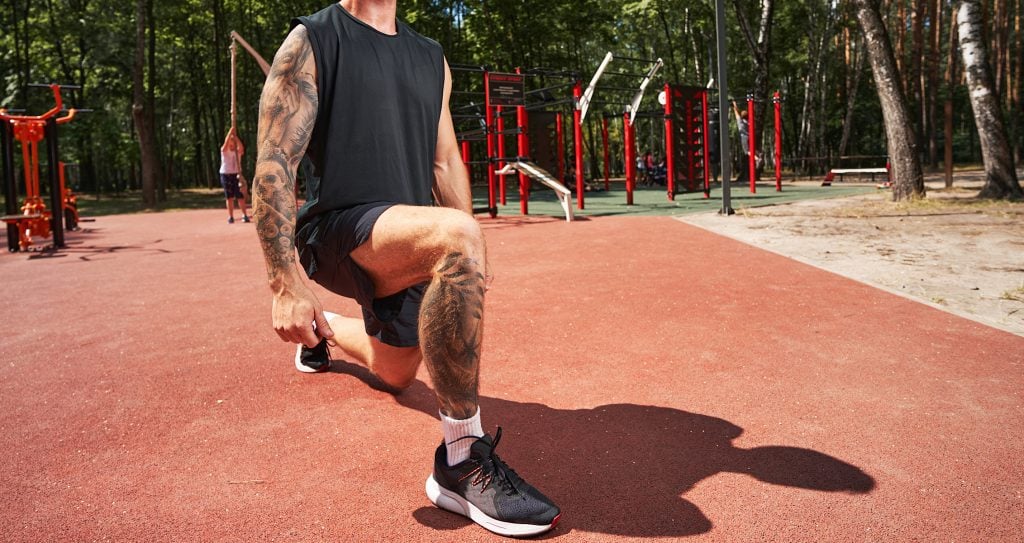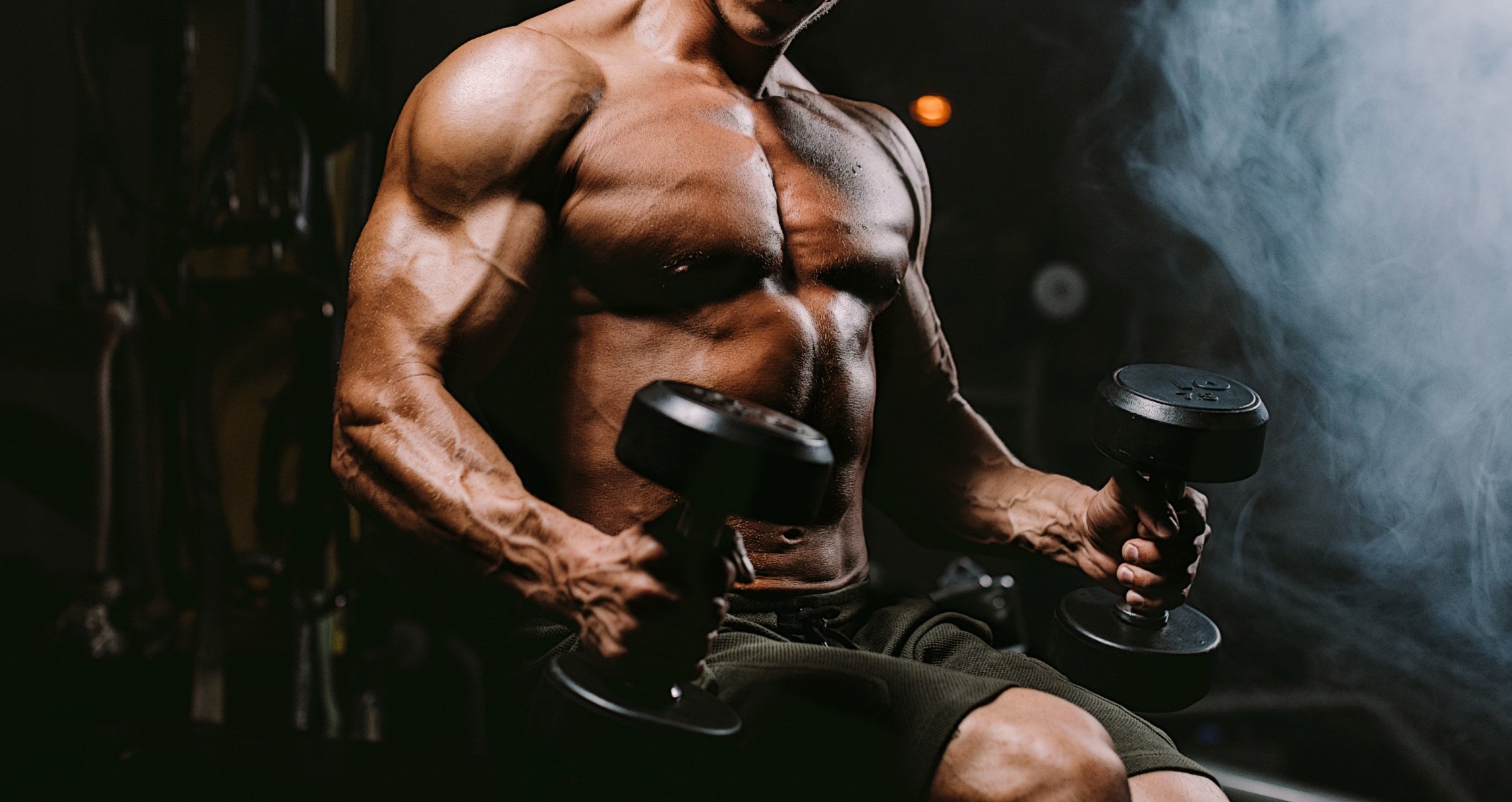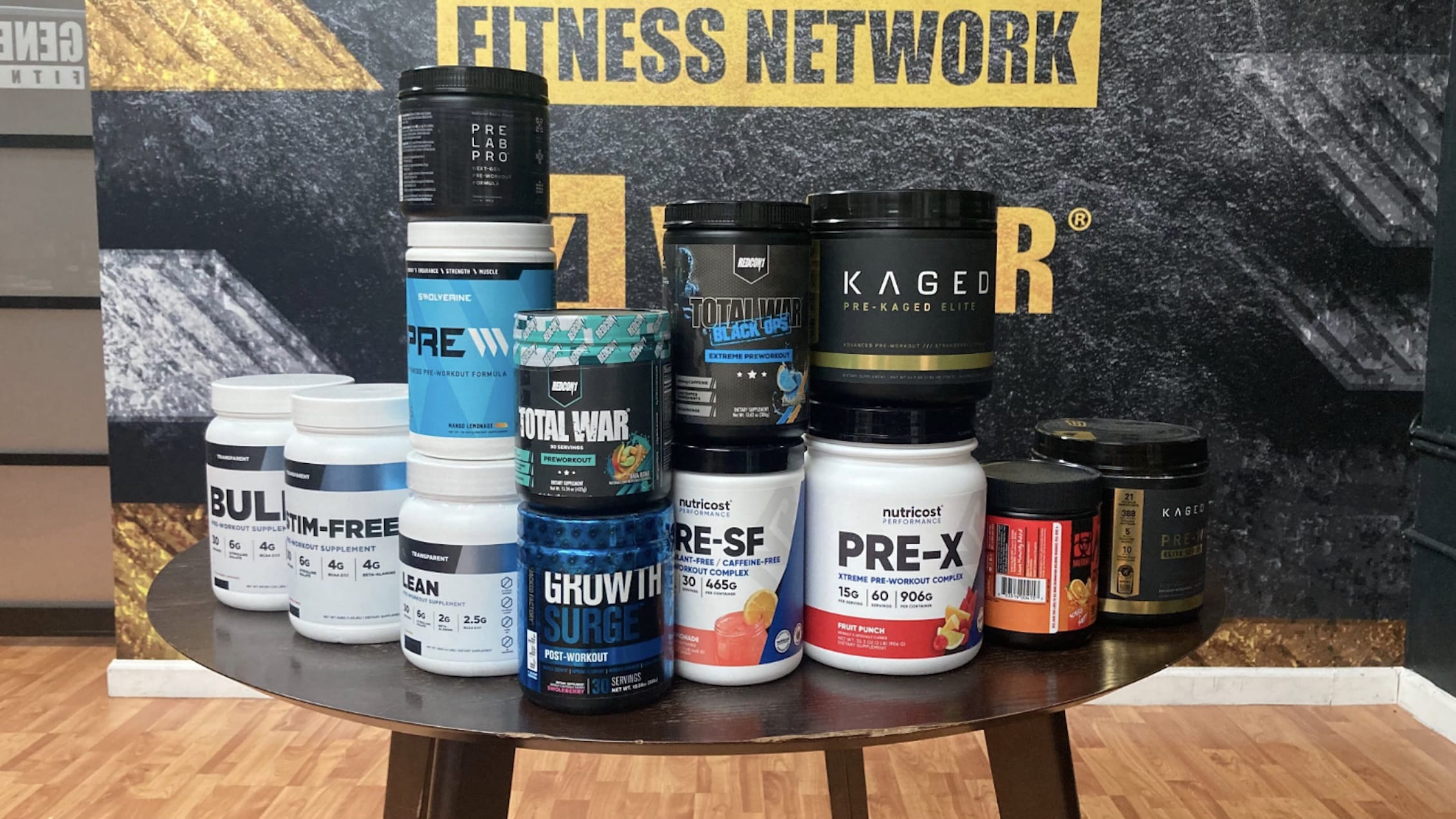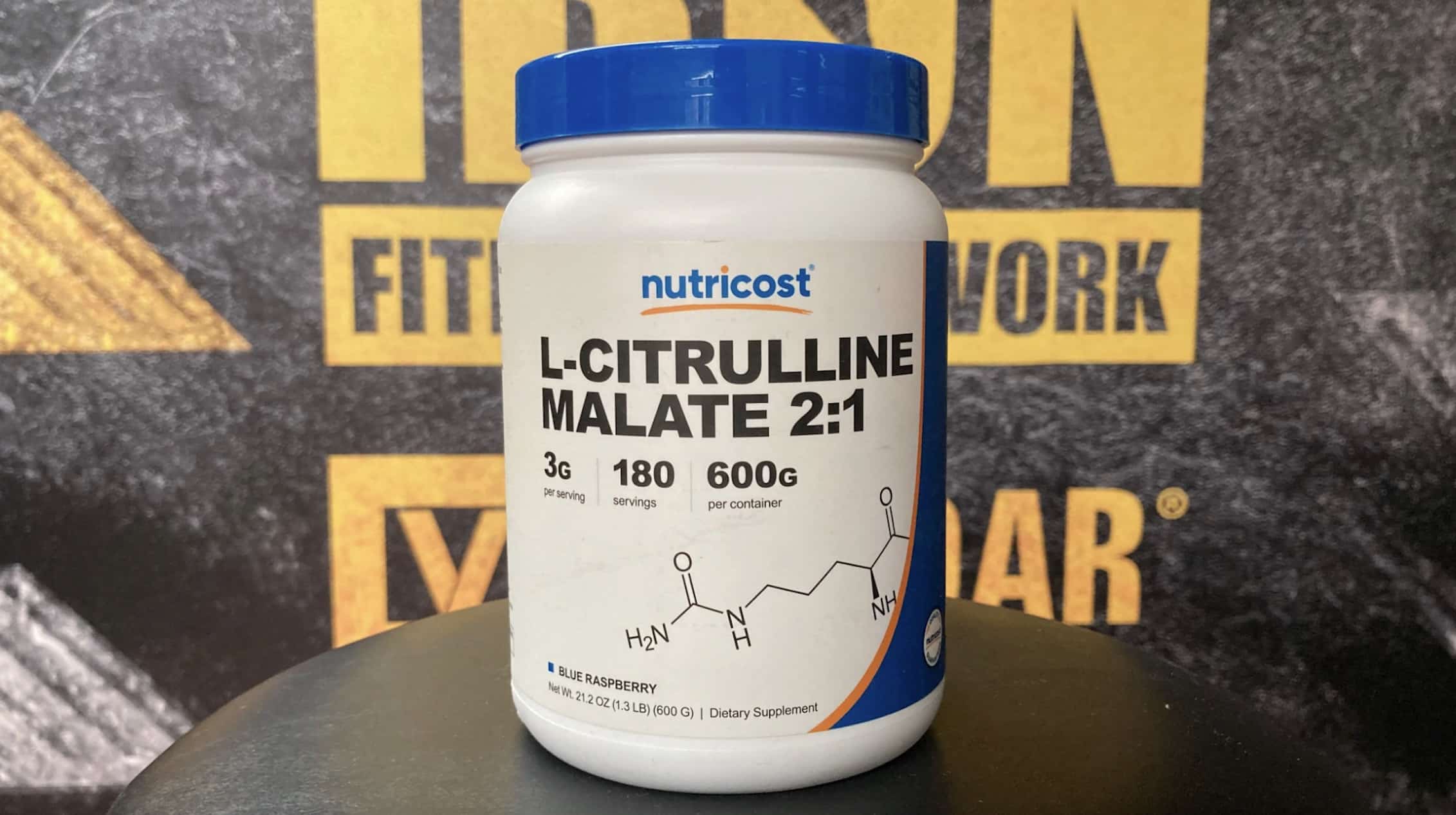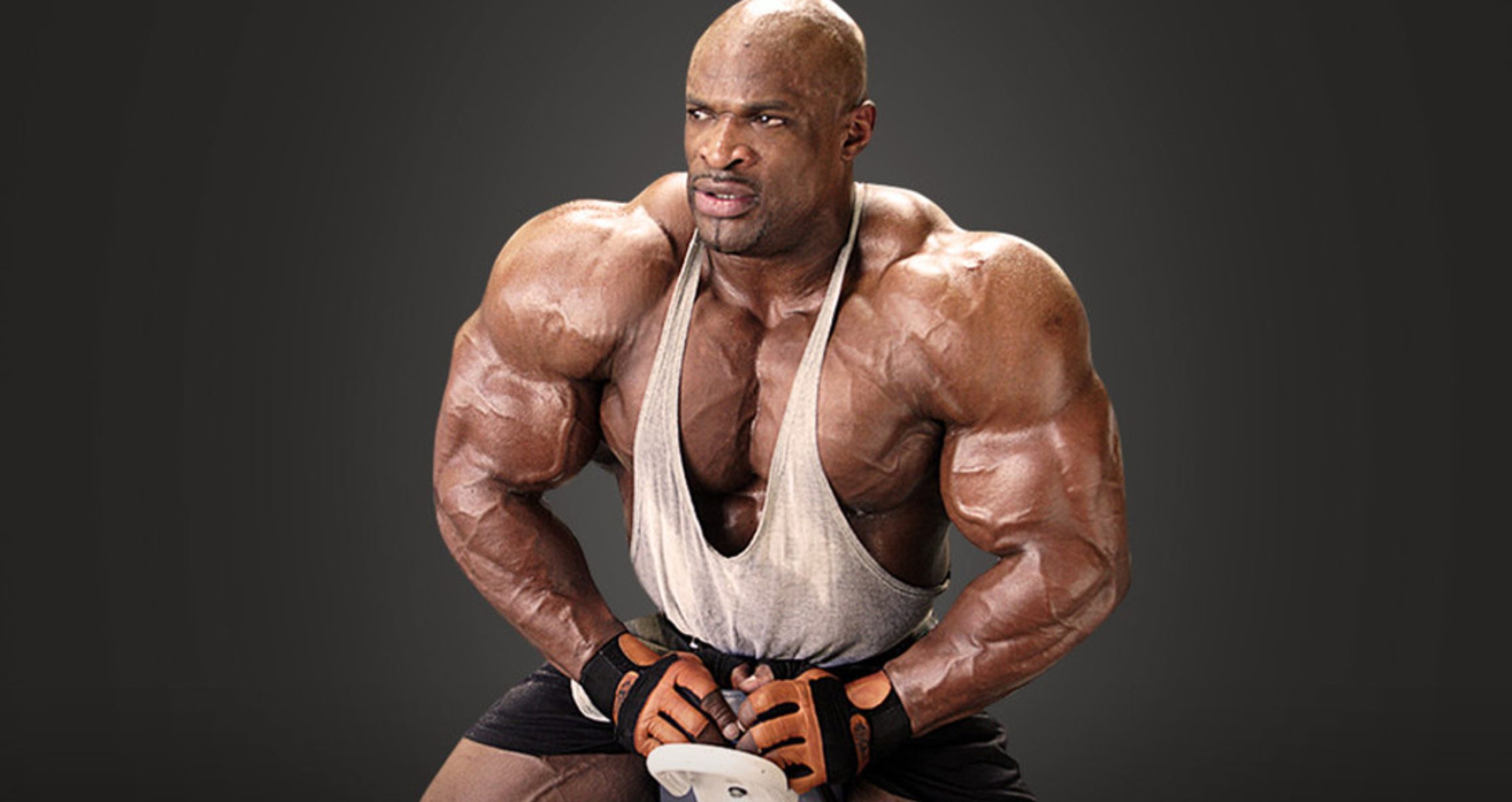Skater jumps improve power and increase energy expenditure.
Plyometric exercises unleash rapid bursts of energy, leading to significant power output and muscle strength and development (1). Plyometric training involves your legs, and focusing on lower body training lays the foundation for strength, balance, and explosive power.
Among plyometric exercises, jumps stand out for their calorie-burning efficiency and ability to sharpen muscle reflexes quickly. They also significantly benefit cardiovascular health. While there are many variations of jumps, this discussion zeroes in on a particularly advanced and impactful type: the skater jump.
This article delves into the benefits of skater jumps, offering a thorough step-by-step guide to mastering this exercise with precision. Additionally, we explore alternative exercises that can be integrated into your lower body training to elevate the effectiveness of your workouts.
Techniques & Muscles Worked
Skater jumps are bodyweight exercises that work on the quads, adductors, hamstrings, glutes, and calves. Your abs and obliques also activate to stabilize you during this routine. Performing skater jumps involves a lot of coordination, balance, and agility, which studies show can improve athletes’ jumping and sprint performance and agility (2).
You only require your bodyweight and enough space to do the skater jumps. However, if you’re looking for more resistance during this workout, use a weighted vest or free weights like dumbbells or kettlebells for more strength and muscle gains. Here’s a step-by-step guide on how to do this exercise with the proper form.
- Stand with your feet shoulder-width apart with your arms at its sides and slightly bend your knees.
- To help with your movement throughout the exercise, ensure that you straighten your back, brace your core, relax your shoulders, and keep your head and chest up. This is your starting position.
- Next, extend your right foot further to the right side. Then, immediately follow up with your left foot by raising the left knee towards your core and jumping off with your right foot while swinging your right arm in front of you.
- As soon as your right foot touches the floor, extend your left foot further to the left and mirror the same movement on your left side to make it one rep.
- Repeat this movement for as many reps as you desire.
Benefits
Skater jumps can be challenging but develop power, endurance, and calorie expenditure. You could also include it in your routine to help with muscle definition. Below is a list of benefits you get when performing this exercise.
Builds & Strengthen Lower Body Muscles
This high-intensity training targets your glutes, hamstrings, quads, and calves. Regularly training these lower body muscles builds and strengthens them. This is good for lifting, coordination, balance, explosive power, and reducing the chances of injuries.
Activates & Builds Core Muscles
Performing skater jumps places constant tension on the core muscles, like the abs and obliques. These muscles give the body a better posture and equal load distribution. Powerful core muscles mean better balance and safer workouts, reducing the chance of injuries.
Strengthens Bones & Joints
The skater jump is a compound exercise that targets multiple muscle groups and their joints. The constant tension in these muscles, bones, and joints builds and strengthens the flexors and surrounding tissues. Over time, these bone structures learn to absorb the body’s impact on landing, making them more resilient and stronger.
Carryover to Other Exercises
Regularly performing this exercise strengthens and builds your lower body and core muscles, making doing other exercises like squats, jumping jacks, lunges, leg extensions, and leg presses easier.
Improves Cardiovascular Health
Skater jumps are high-intensity cardio exercises that improve heart health. Regularly performing cardio exercises can prevent heart disease, making you live healthier and longer (3).
Alternatives
Gym-goers can use skater jumps to build lower body muscle, core strength, and explosive power, improving athletic performance and exercise form in general. Below are other alternative exercises you can adopt to build similar muscle groups.
Squat Jumps
Squat jumps are plyometric exercises like skater jumps. They work on the hamstrings, quads, calves, glutes, hips, obliques, and abs. Weight vests, dumbbells, kettlebells, or resistance bands can provide more resistance for a more effective exercise.
Suicide Drills
The suicide drill is a high-intensity exercise that works your quads, calves, glutes, and hamstrings. It’s common among athletes participating in a strength and conditioning program to improve their speed and agility. It involves quick bursts of energy and is excellent for fitness and fat burning. This exercise requires no equipment, and you can easily integrate it into your workout program.
Lunges
Lunges are a bodyweight exercise that targets the calves, quads, hamstrings, glutes, and hips. For balance, you always place constant tension on the core muscles during this exercise. For more effective training, you could use free weights, weight vests, or resistance bands.
FAQs
What muscles do skater jumps work?
Skater jumps are bodyweight exercises that work on the quads, adductors, hamstrings, glutes, and calves. During this exercise, core muscles like the abs and obliques activate and contribute to stabilization. Skater jumps are also suitable for cardio.
How do you do skater jumps?
You do skater jumps with just your bodyweight and adequate space. Stand with your feet shoulder-width apart, arms at your sides, and slightly bend your knees. For more information, check the step-by-step guide in this article.
What are skater hops good for?
Skater hops, or skater jumps, are effective plyometric exercises that build lower body muscle, improve body stability, and increase explosive power. They’re good cardiovascular exercises to enhance your heart rate and prevent heart disease.
Follow us on Instagram, Facebook, and Twitter for more exercise guides!
References
- Moran, J., Ramirez-Campillo, R., & Granacher, U. (2018). Effects of Jumping Exercise on Muscular Power in Older Adults: A Meta-Analysis. Sports medicine (Auckland, N.Z.), 48(12), 2843–2857. https://doi.org/10.1007/s40279-018-1002-5
- Slimani, M., Chamari, K., Miarka, B., Del Vecchio, F. B., & Chéour, F. (2016). Effects of Plyometric Training on Physical Fitness in Team Sport Athletes: A Systematic Review. Journal of human kinetics, 53, 231–247. https://doi.org/10.1515/hukin-2016-0026
- Nystoriak, M. A., & Bhatnagar, A. (2018). Cardiovascular Effects and Benefits of Exercise. Frontiers in cardiovascular medicine, 5, 135. https://doi.org/10.3389/fcvm.2018.00135
